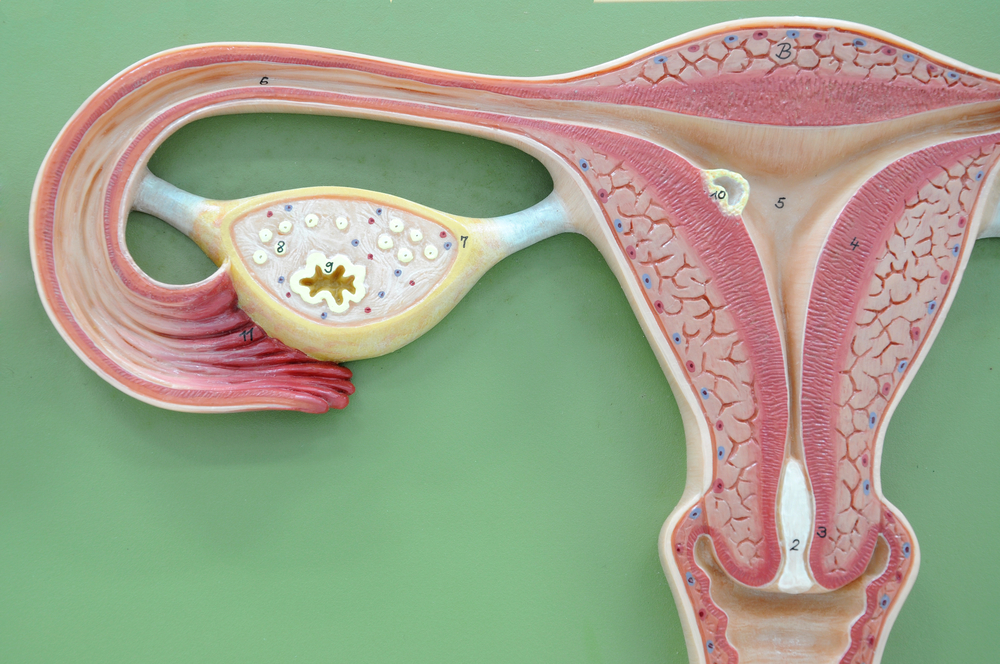
What is being tested?
A cervical screening test detects the presence of Human Papilloma Virus (HPV) strains that are known to be a high risk for causing cancer of the cervix. If high-risk HPV is detected, the sample is examined under a microscope to identify any abnormal or potentially abnormal cells from the vagina and uterine cervix (neck of the womb). Various bacterial, fungal and viral infections may also be detected using this test.
How is it used?
Your doctor or health provider performs cervical screening to look for cervical and/or vaginal cells that are cancerous or potentially pre-cancerous. The cell suspension is tested for the presence of high-risk HPV DNA. If HPV DNA is present, cells from the suspension are placed on a glass slide, stained with special dyes, and viewed under a microscope by a cytologist and/or pathologist. The test can also be used to detect vaginal or uterine infections. This allows infections to be treated promptly, thus avoiding further discomfort or more serious complications.
When is it requested?
In Australia:
Women with abnormal results should be managed in accordance with the NHMRC Screening to Prevent Cervical Cancer: Guidelines for the Management of Asymptomatic Women with Screen Detected Abnormalities. Most of the costs may be claimed from Medicare
All States and Territories have cervical screening result registers that help doctors recall women for testing and keep track of any follow-up investigations. For information visit the National Cervical Screening Program.
What does the result mean?
If high-risk HPV is not detected, the test will be reported as "Negative".
If high-risk HPV is detected, this will be reported and the cytology will be reported separately, as below.
Carcinoma: cancer is evident and requires immediate attention.
Unsatisfactory: inadequate sampling or other problem. Usually repeated in 6-12 weeks
Is there anything else I should know?
The HPV test is generally used as a screening test. A small percentage of abnormalities in women may go undetected with a single test, which is why it is important to have cervical screening regularly. The most common errors are those made in collecting the sample. The smear represents a very small sample of cells. Even for the most experienced health care provider, sample collection can be occasionally inadequate and a repeat may be required.
The cervical screen, when performed regularly, is a great help in the early detection of cervical cancer, which is treatable if caught at an early stage. Early detection and treatment can prevent 80 to 90 per cent of cancers developing.
If you douche, tub-bathe, or use vaginal creams 48 - 72 hours prior to the examination, your test results might be ‘unsatisfactory’. Other factors that may alter results include mentrual bleeding, infection, drugs (such as digoxin and tetracycline), or having sexual intercourse within 24 hours prior to examination.
In these cases, a repeat screening test may be necessary but does not necessarily mean there is a significant problem. The use of the liquid-based techniques will eliminate most technically unsatisfactory results.
Common questions
High risk factors include not being vaccinated against HPV, early age at first sexual intercourse (the earlier, the higher the risk), the number of sexual partners (the greater the number, the higher the risk), infrequent cervical smears, cigarette smoking, and the presence of sexually transmitted disease such as human papilloma virus (HPV), herpes or HIV.
A single ‘abnormal’ smear does not necessarily indicate that cancer is present. The membranes in the cervix undergo constant changes and repair. While treatment may not be necessary, the situation should be monitored closely. This may require a repeat smear every three to six months until the situation is resolved.
Cervical cancer is a slow, progressive disease and may take years to progress beyond the cervix. It is because of this fact that regular gynaecological examinations offer the best opportunity to detect this type of cancer early. Treatment includes a minimally invasive surgery of the cervix which removes pre-cancer or very early stage cancer tissue. In more advanced cervical cancers, a hysterectomy (removal of the womb) may be performed. If the cancer spreads to other tissues (metastasis), radiation therapy may be required and, in some instances, additional surgery may be needed.
Pathology Tests Explained (PTEx) is a not-for profit group managed by a consortium of Australasian medical and scientific organisations.
With up-to-date, evidence-based information about pathology tests it is a leading trusted source for consumers.
Information is prepared and reviewed by practising pathologists and scientists and is entirely free of any commercial influence.